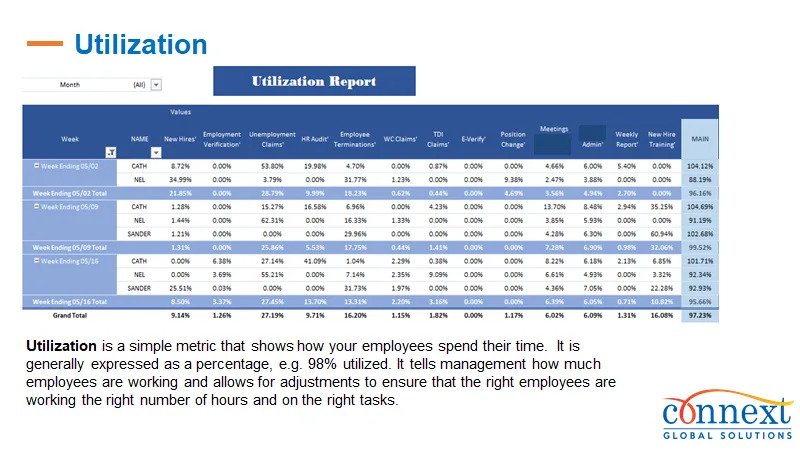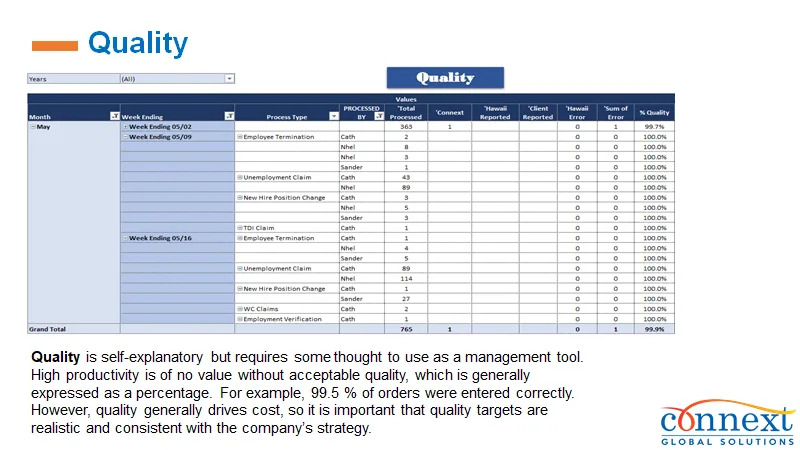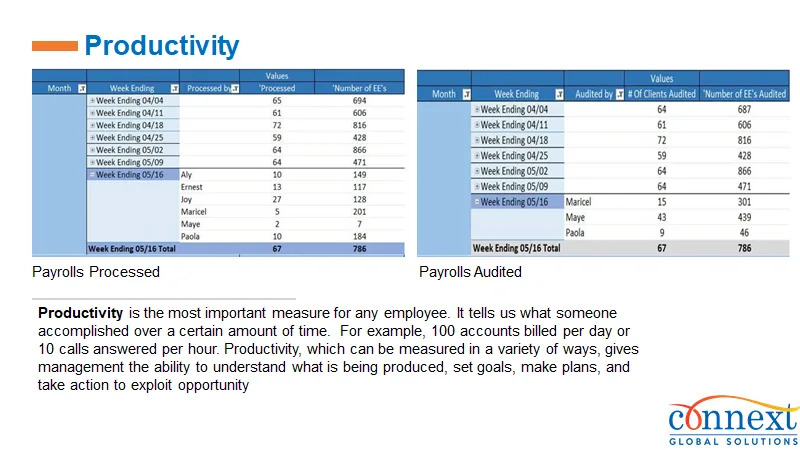Key Summary
- Businesses across industries are struggling to fill IT roles as demand for digital transformation, cybersecurity, and cloud migration continues to rise.
- Global talent shortages are causing project delays, increasing workloads for existing teams, and raising concerns about maintaining continuity of service.
- Hiring freezes and budget constraints make it challenging to bring on full-time employees, even when technical expertise is urgently needed.
- Staff augmentation allows organizations to integrate skilled IT professionals on a flexible basis, scaling teams quickly without adding permanent headcount.
- Offshore and nearshore staffing solutions expand access to global talent pools, making it possible to fill specialized roles faster and with greater flexibility.
- The true value of staff augmentation goes beyond cost savings—it provides operational resilience, continuity, and access to critical technical expertise.
- Connext supports organizations by building dedicated offshore IT teams under independent contractor agreements, enabling clients to scale efficiently and remain agile.

The demand for technology professionals has outpaced supply for many years, and recent industry shifts have only made the gap more visible. Organizations are moving to the cloud, investing in AI, strengthening cybersecurity measures, and modernizing infrastructure, but the workforce needed to support these initiatives remains difficult to find. According to Gartner, global IT spending is projected to reach $5.06 trillion in 2024, with a significant portion going toward services to supplement internal capabilities. This rising investment reflects the urgency companies face in securing technical expertise.
At the same time, many organizations are operating under hiring freezes or headcount limitations. This has created a scenario where demand for IT expertise continues to rise, but the ability to hire internally is restricted. As a result, many businesses are exploring models that allow them to continue projects and sustain operations without committing to full-time staff additions. Staff augmentation has emerged as one of the most practical solutions.
Understanding the Tech Talent Gap
The demand for IT professionals continues to outpace available supply. According to the U.S. Bureau of Labor Statistics, overall employment in computer and information technology occupations is projected to grow much faster than the average for all occupations from 2023 to 2033. About 356,700 openings are projected each year, on average, in these occupations due to employment growth and the need to replace workers who leave the occupations permanently.
The shortfall is particularly evident in cybersecurity, where the World Economic Forum reports a global workforce gap of nearly 4 million unfilled positions.
These highlight the scale of the challenge. Organizations across industries are contending with longer project timelines, higher security risks, and heavier workloads for existing staff — all of which underscore the urgency of addressing the talent gap.
Why Staff Augmentation Works for IT Teams
Staff augmentation allows organizations to access skilled professionals on a contract basis, often through offshore or nearshore arrangements. Instead of adding permanent staff, companies can bring in developers, engineers, or support staff for as long as they are needed. This model solves several problems at once:
Flexibility:
Teams can scale up or down quickly, depending on project demands.
Speed to hire:
Offshore staffing providers can often fill roles faster than traditional hiring processes.
Specialized skills:
Access to talent pools in countries with strong technical education systems provides expertise not always available locally.
Headcount management:
Staff augmentation provides a pathway to maintain compliance with internal hiring restrictions.
Connext partners with clients to structure these agreements in a way that aligns with business needs. For organizations experiencing hiring freezes, Connext’s independent contractor model makes it possible to continue building teams without increasing official headcount.
How Connext Approaches IT Staff Augmentation
Connext offers clients the ability to build dedicated offshore teams that work as an extension of their existing operations. By combining staff augmentation with independent contractor agreements, Connext enables organizations to:
- Access global talent pools in the Philippines and Latin America.
- Add specialized IT roles without adding permanent headcount.
- Build teams that operate in alignment with internal standards and processes.
This approach not only fills immediate needs but also supports long-term operational stability. Connext provides clients with the tools to manage distributed teams while ensuring transparency and control.
Use Cases for IT Staff Augmentation
Organizations adopt staff augmentation for a range of IT functions. Common use cases include:
Software development
Augmenting teams for product launches, mobile app builds, or platform modernization.
Cybersecurity
Adding analysts to monitor systems and strengthen response times during periods of heightened risk.
IT support
Expanding help desk and technical support coverage across time zones.
Data management
Supporting analytics, reporting, and data integration initiatives.
Each use case demonstrates how augmentation provides targeted support without long-term hiring commitments.
Connext works closely with clients to structure these solutions and ensure teams integrate smoothly with ongoing operations.
See how a payment services company scaled its IT capabilities with IT Staff Augmentation for Payment Services Company.
Explore how Connext can help your IT organization scale efficiently and maintain continuity even during hiring freezes: Work with Connext.
Frequently Asked Questions (FAQs)
IT staff augmentation is the practice of bringing in external IT professionals, often through offshore or nearshore providers, to support internal teams on a temporary or project basis.
Yes—true 24/7 help desk providers ensure round-the-clock coverage with shifts across global time zones.
Very secure—if structured correctly. Look for partners who follow ISO 27001 standards, use VPN access, and enforce role-based permissions.
No. While cost savings are a benefit, the greater value lies in flexibility, access to specialized skills, and faster project delivery.
Connext helps organizations build dedicated offshore teams in regions like the Philippines and Latin America, giving access to global IT talent while maintaining integration with existing operations.








